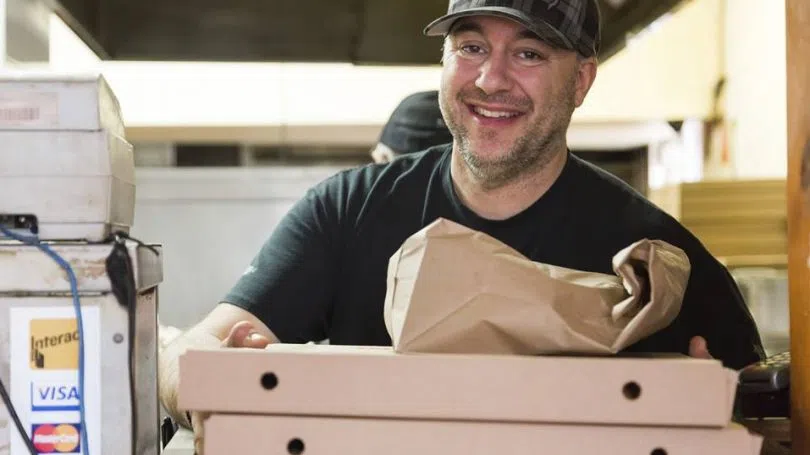Small businesses in New Brunswick are starting to see first-hand the value of e-commerce, as measures to contain the spread of coronavirus have forced them to shut down storefronts and dining rooms.
While some small businesses have been set up for e-commerce for a while now, Zack Spear, co-owner of ICS Creative Agency in Saint John says they’ve seen an increase in inquiries from small businesses looking to set up shop online, particularly restaurants.
“We have our normal flow of leads comes in,” says Spear. “But we’ve definitely seen an increase in restaurants more than brick and mortar.”
Having a good e-commerce setup is becoming more important to businesses more than ever because it’s now one of the few ways people can interact with them. Whether you are online or brick and mortar, Spear says every business relies on customer experience.
“These restaurants and these businesses that are mostly brick and mortar, they rely on foot traffic and that in-person experience, but if they can’t do that, they have to shift gears and adapt,” he says.
Most small businesses have a website but it’s often solely informational. Potential customers can get an idea of their offerings, but the businesses want you to visit their location. The COVID-19 pandemic is showing that may not cut it anymore.
“Now people are going to the website to see what you offer, but now they want to be able to buy. If they can’t buy, then they are going to go somewhere else,” says Spear.
“Especially with local businesses, people want to support local, so if they have that opportunity to buy online versus going somewhere else, they’re going to choose that. That’s why people need to adapt.”
Vito’s, a local pizza joint and restaurant in the Greater Saint John area, has had online ordering for about six years where customers can order for either take-out or delivery. Co-owner “Big George” Georgoudis says online orders have doubled since the measures to contain COVID-19 began.
“Our online orders have exponentially increased due to it … the ease of use is definitely making a big difference,” he says. “It’s a one-to-one ratio. For every regular customer who orders online, we’re getting a new one right next to it. It’s definitely grown big time.”
Online orders represent about 30 percent of Vito’s revenue, while dine-in made up about 60 percent. Though the online orders are not making up lost dine-in revenue, Georgoudis says it’s helping Vito’s get by right now, though for how long has yet to be seen.
“A big chunk of our business is shut down and now we’re trying to understand what our fixed costs are. Are we able to cover the fixed costs while making the labour and material costs that go along with running [take-out]?” he says. “At the end of the day, we’re not looking to make money, we just want to be able to get through this so when we’re able to open up restaurants that we’re still around and we haven’t filed for bankruptcy.”
Though the future is still uncertain, Georgoudis says the situation is forcing a lot of businesses to embrace e-commerce and other technology.
“This is going to force everybody to use this technology or embrace it much faster because of where we are today,” he says
Spear predicts that once things return to normal, businesses will continue to put more effort into their online offerings.
“I do think more people are going to shift to that model alongside their stand-alone brick and mortar, hopefully,” he says. “I think that’s just as important.”
A version of this story was published in Huddle, an Acadia Broadcasting content partner.




